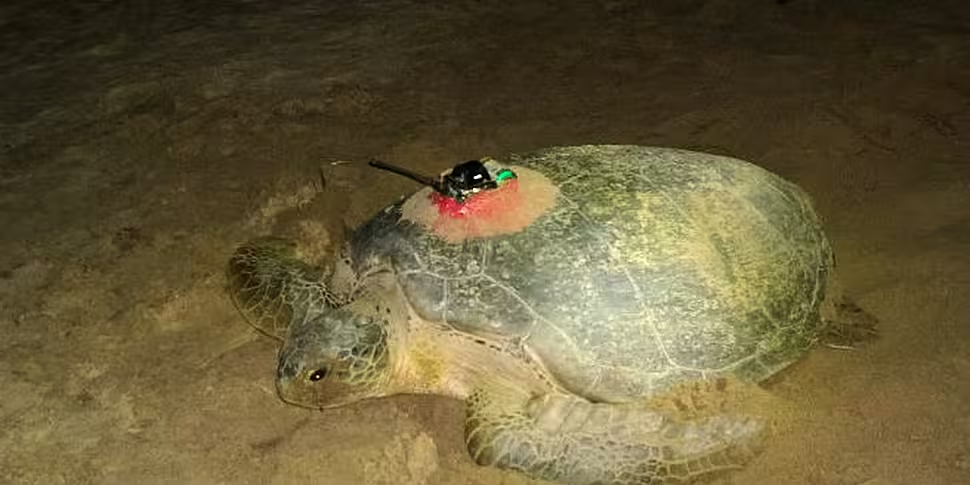Thousands of green and leatherback turtles come here to lay their eggs on the beach, but the success rate of the hatchlings is relatively low. The erosion in this part of the country is almost at world record levels. The cause is unknown, but each year the turtles lose 130m of the shoreline.
The erosion also causes shelves that the turtles can't climb, so they lay their eggs at the base and the hatchlings drown as soon as they break out of their shells. Dogs and the local American Indians are also known to poach a few eggs, but compared to other countries where there is no legislation, this sort of activity has minimal impact. In neighbouring Surinam, for example, a car was pulled over with 30,000 eggs for commercial distribution and earlier this year a boat was stopped with nearly ten thousand, the sort of numbers that can decimate global populations in just a few years.
At the Awala Yamalipo Natural Park, researcher Damien LeChevalier is trying to track these giants of the sea to see where they go and and what sort of interaction they have with illegal fishermen on the coastline.

He uses two sorts of tracker. The first is a multisensor device applied with epoxy glue. It costs about €5000 and will give data on water quality, depth, gps and other readings.

The seconed is a home-made GPS tracker that is applied with a bit of DIY for the leatherbacks. Damien drills a hole with a Black and Decker through the ridges on the leatherback (it's made of keratin and so doesn't harm the animal), then he bolts the tracker on with a hinge.

He hopes to have a better understanding of these incredible creatures before it's too late.

Powered by Windows: Jonathan is blogging and shooting pictures with Windows.









